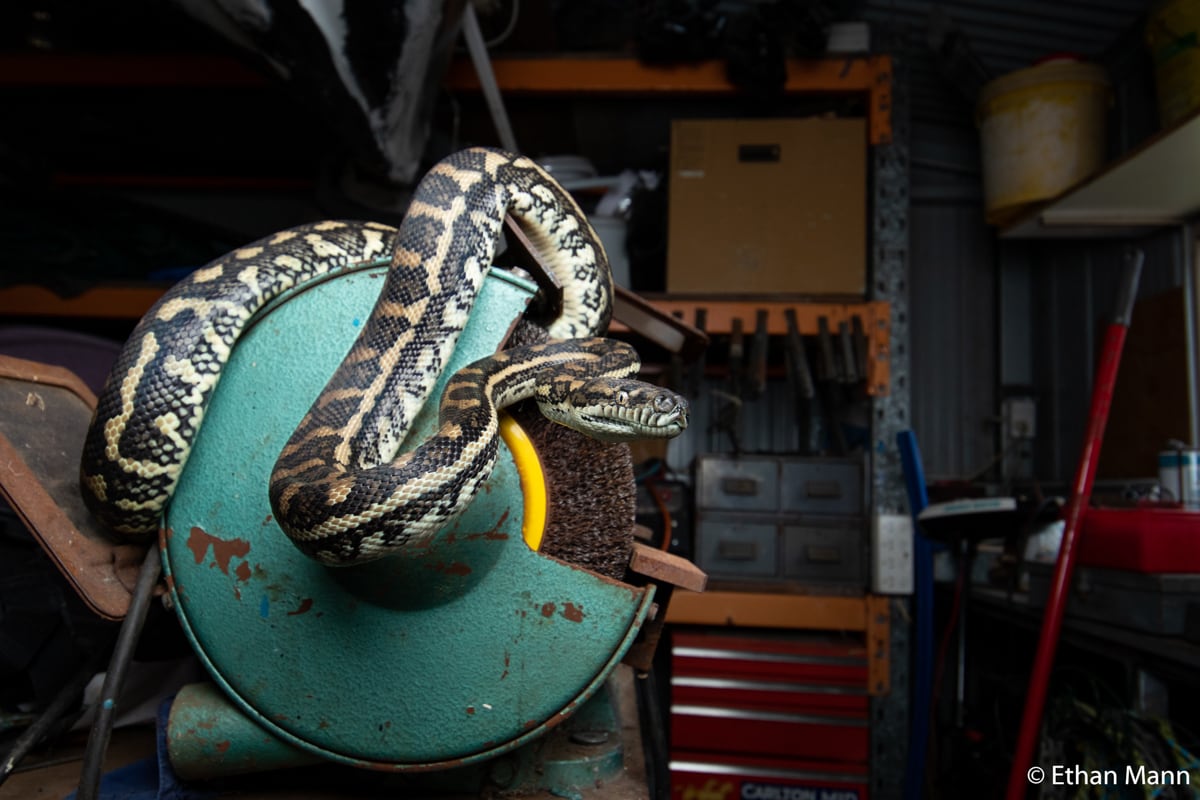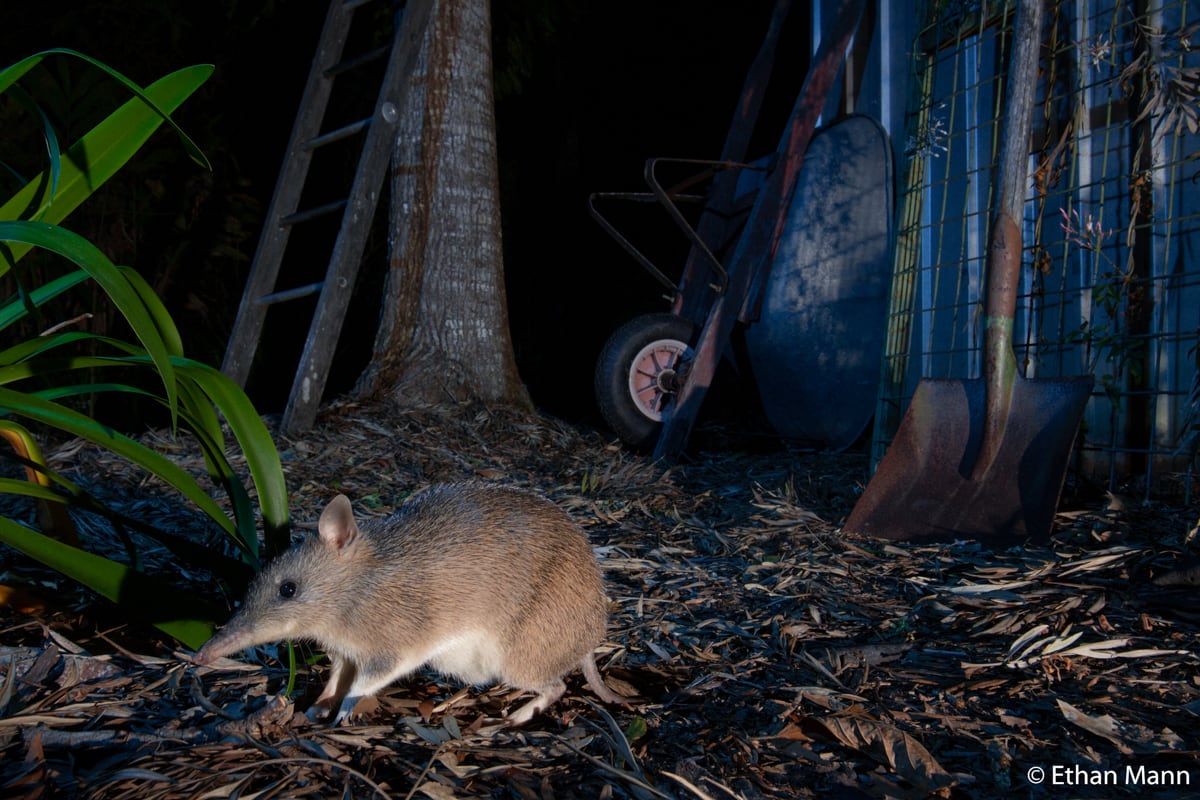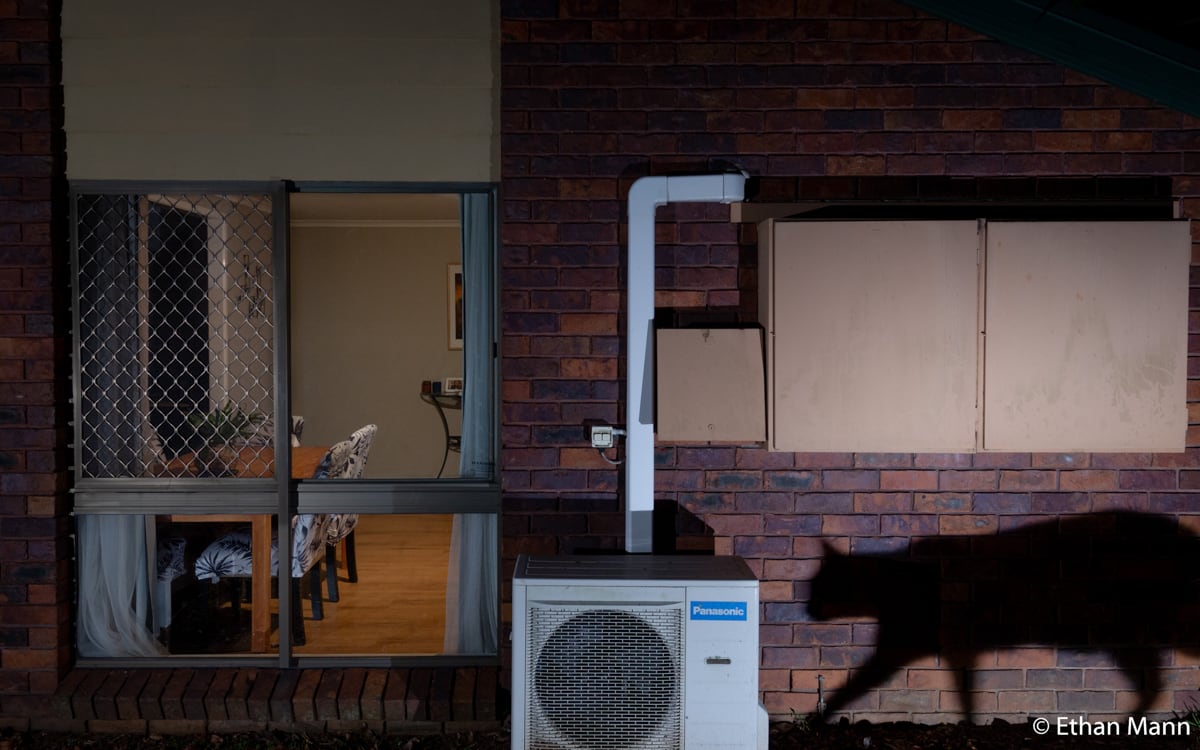Urban wild photography tips

AUSTRALIA’S BIODIVERSITY epitomises its reputation as a land of plenty. While we may lack those big carnivores or Africa’s big five, we’re lucky to share our country with a plethora of birdlife, invertebrates, charismatic marsupials and monotremes, unique reptiles and amphibians, and spectacular marine life.
Due to Australia’s geographic isolation, a high percentage of these species are endemic and are also evolutionary marvels. Australia’s biodiversity is spread over an enormous landmass as well as a lengthy coastline, but there are plenty of native species that survive, and thrive around our homes and cities.
We are so fortunate to have fascinating, beautiful and accessible wildlife right on our doorstep. Australian biologist and writer Tim Low once wrote that “nature is sold to us as something separate that lives far away from us in wild places, when really it’s all around us, engaging with us more than we guess. The wilderness begins right here where we live.”
So from weedy seadragons and spider-crab mass migrations in Port Phillip Bay to monitor lizards in Darwin’s parks and powerful owls in the suburbs of our eastern state capitals, wildlife is closer than perhaps we realise. The creatures that share our homes, backyards and cities often benefit from us and our altered environments.
Carpet pythons take up residence in roofs and sheds for shelter and access to prey. Infamous flying-foxes camp in our parks for easy access to the fruiting and flowering trees we plant. Tawny frogmouths sit on fences and posts to hunt moths and other invertebrates attracted to streetlights.
We are all familiar with the visible birdlife that visits our yards – lorikeets, brush turkeys and cockatoos, and reptiles basking on warm pathways; however, a large proportion of wildlife is small, cryptic and nocturnal, going unseen in our daily lives. This can make it challenging to locate, observe and photograph.
But you don’t have to travel far to have wild experiences with nature or capture striking wildlife photographs. Start by watching and taking notice of your own backyard and local area. If you put time into observing and listening to that space, you will begin to recognise the clues to the critters that share it with you – diggings in the garden, rustles outside your window or the double note of a boobook owl calling from nearby. This is how my journey into urban wildlife photography began.

Look in your own backyard
When I first started photographing wildlife as a hobby, I had my sights set abroad. I dreamt of making images of the exotic, charismatic megafauna seen in nature documentaries, and ignored the familiar species I took for granted when I was growing up on Australia’s east coast.
I travelled to South-East Asia to photograph wild orangutans, elephants and herpetofauna, though when I returned I found that I actually had more meaningful encounters (and essentially made better images) when I shifted my focus to native wildlife that many would refer to as ‘common’.
Take the time to learn more about the backyard animals your photographing
Although I spent my formative years on my parents’ acres, I hadn’t even considered these common species as valuable subjects to photograph because I was always chasing the rarer species I hadn’t seen before.
While working back in Australia, I visited their place often, and started pursuing backyard wildlife photography. This enabled me to capture images of frequently photographed animals in new ways or when displaying interesting behaviours.
Noticing conical-shaped diggings in the gardens and lawn, I knew that bandicoots were frequent visitors to the yard. I saw native bees foraging in the flowering plants, heard frogs croaking from the downpipes and discovered which branches the tawny frogmouth favoured as vantage points.
Focusing my photography on backyard and urban subjects meant that I could learn more about the animals, observe them at close quarters and photograph them with greater success than I could with an overseas subject while on a busy guided safari with limited time.

Interact with the human-made, urban environment
Previously, I had always kept a scene as natural as possible, making sure I positioned myself so that nothing human-made was in the shot; however, now I embrace, and actively shoot, images that show animals interacting in these artificial habitats.
It is important to note that, ethically, post-processing should not be used to remove and alter elements within an image. Reading about and knowing the species (their preferences, behaviours, mating and seasonal changes) assists in understanding the most appropriate times to observe and photograph them. For example, knowing the times of year when trees fruit and flower, or the breeding cycles of frogs, will help to know when animals will be active, visiting or calling.
The right lighting
There’s a range of approaches and equipment that can be used to capture urban wildlife images. Using a torch to spotlight in trees and gardens is a simple, successful way to locate frogs, insects, spiders, nocturnal birds and mammals from their eyeshine.
I use white light until I find an animal, and then switch over to red light to minimise disruptions to the animal’s vision. Another positive to this when photographing is that their pupils will remain dilated and natural looking. This can easily be achieved with a piece of red transparent plastic over your torch. I use quite a large range of gear, from telephoto, macro and wide-angle lenses, to remote and camera trap technologies to make my images.

The lenses
I use a telephoto lens on the wildlife that I need to keep my distance from and that are easily spooked – turtles, mammals, birds and nests. Macro is used for shooting small subjects at 1:1 ratio and getting details that are often not visible to the human eye – perfect for invertebrates and frogs!
I use wide-angle lenses for the wildlife I can approach and get closer to without disturbing, which allows me to capture the subject in its environment. When photographing an animal, its wellbeing is the first priority, meaning that the individual should not be disturbed, handled or staged to obtain a shot.
Photographing nocturnal animals
A challenge of photographing nocturnal life is that flashguns or strobes are often required. When shooting a nocturnal animal, flashes should be used conservatively.
We can only observe so much, however, and if animals don’t want to be seen, they won’t be. In order to see, even when I am not present, I use motion activated trail cameras that record images or videos of wildlife at all hours. This can be beneficial in monitoring species on your property, the times of the day or night they move through and which trails, trees or areas they prefer.
Additionally, I set up DSLR camera traps, to capture high-quality images of backyard wildlife, which means that the animals are not affected by my presence in any way (because I am not physically there) and go about their natural behaviours and movements.
Enter competitions
There are many ways to get started and involved with wildlife photography, from training courses, photography clubs or groups, online communities, to photo holidays and tours with well-known photographers.
Photo competitions such as the Australian Geographic Nature Photographer of the Year celebrate the diversity and beauty of wildlife photography and are valuable to enter and draw inspiration from. Wildlife photography in Australia has vast potential, and shooting in your backyard or local parks and national parks is a great way to find subjects that are both stunning and accessible.
We need to value the wildlife we share our spaces with. Next time you see that possum scampering along the powerline, the frogmouth on your letterbox or a bluetongue lizard basking in your garden, don’t take it for granted, but pause for a moment and really appreciate it.
Enter your images into the 2022 photography competition here.




